Mr. Patiño has been a farmer since 1976 tilling their own 2 hectares (ha) rice field. Aside from being a farmer, he was also a tricycle driver for 15 years. These were his sources of income to meet his family’s daily needs and send his children to school.
In 2018, Mr. Patiño was elected as auditor of the Tacurong Fish Farmer Association (TFFA), which has 40 members engaged in hito and tilapia production.
Due to the COVID-19 pandemic, the group is still complying with the requirements to be submitted to the Department of Labor and Employment for registration. Meanwhile, they already drafted the association’s by-laws.
Mr. Patiño’s initial Hito Production in 2018
With his relative’s influence, he ventured into hito production in February 2018. He started stocking 500 fingerlings in a 10×5 meters (m) fish pond area. After four months of culture period, he harvested 103 kilograms (kg) of live hito.
Since the majority of his buyers are his neighbors, he did not have a problem selling the catfish at Php 140/kg, pulling in a gross income of Php 14,420.
He said, “kung mas damo gali ako sang stock (fingerlings), mas dako pa ang harvest kag income ko [increasing my stocked fingerlings will give me more harvest and higher income].”
Realizing the potential of hito farming, Mr. Patiño expanded his production from 500 fingerlings to 3,000 in a 30x15m area.
SAAD Project Implementation in 2019
The Department of Agriculture – Bureau of Fisheries and Aquatic Resources (DA-BFAR) – Provincial Fishery Office (PFO) of Sultan Kudarat, in coordination with the local government unit of Tacurong City, identified beneficiaries under the Special Area for Agricultural Development (SAAD) Program’s hito production in 2019.
Under SAAD’s Provision of Aquaculture Livelihood Project, Mr. Patiño received 1,000 pieces (pc) of fingerlings and 39 bags of commercial feeds in February 2019. He stocked the fingerlings in a 10x5m fish pond area.
Prior to distribution of production inputs, Mr. Patiño attended the Training on Hito Grow-out Production conducted by the DA-BFAR-PFO of Sultan Kudarat.
During the first month of the culture period, he observed that there were uneven sizes of stocks. With his learnings from the training, he separated the shooters (fast-growing fingerlings) from smaller-size stocks.
Also, a fungal infection was also observed during the production cycle. To solve the problem and keep his stocks healthy, he scattered a generous amount of salt brine (50g/sqm) ang cuttings of malunggay stems into the area.
After four months, he harvested 1,080 kg of live hito and sold it for Php 150/kg.
Likewise, he delivers 200kgs of live hito to his son in Kidapawan City who delivers both live and fried hito to his customers.
Mr. Patiño admits that he was affected by the current pandemic. However, he expanded his marketing through the use of social media.
Currently, Mr. Patiño has a total of 8 fish ponds with an area of 1,500 square meters dedicated to hito production. To date, he was able to produce 3,400kgs (3.4 metric tons) of hito since 2019.Table 1. Dante Allarilla Patiño’s Hito Production and Income
| Date Stocked (Month, Year) |
Date Harvested (Month, Year) |
Volume of production (kg) |
Price/kg (Php) |
Gross Income (Php) |
| July 13, 2019 | December 5, 2019 | 1,080 | 150 | 162,000.00 |
| July 14, 2020 | December 20, 2020 | 1,570 | 150 | 235,500.00 |
| January 15, 2021 | June 28, 2021 | 750 | 150 | 112,500.00 |
| Total | 3,400 | 510,000.00 |
Aside from expansion of production area, his income in hito farming allowed him to generate a fund to invest in duck farming. At present, he rears 900 ducks which will start producing eggs after a month.
Mr. Patiño also shared that the program helped him improve his family’s life. He was able to renovate their house (wall finishing, ceiling, window, and kitchen) which cost him Php 50,000.
He also mentioned that hito farming is an avenue for him and his wife to spend more time together thereby improving their relationship and overall health.
The income also helped provide food to their table and inspire others to engage in this type of venture.
Plans
Mr. Patiño is planning to expand his area so that he can produce more and meet the market demand. He will convert his entire rice field for hito including tilapia grow-out production.
He is also looking forward to the SAAD Program continuing in the coming years to help fish farmers in the community. ###
Writer: Czarina Go, BFAR-SAAD Region 12 Focal Person
Editors: Myer Mula, Ulysses Lustria, Jr., Jhomai Canlas, and Jennifer Valcobero
Photos: Mikhail O. Sabdani, SAAD Technical Staff

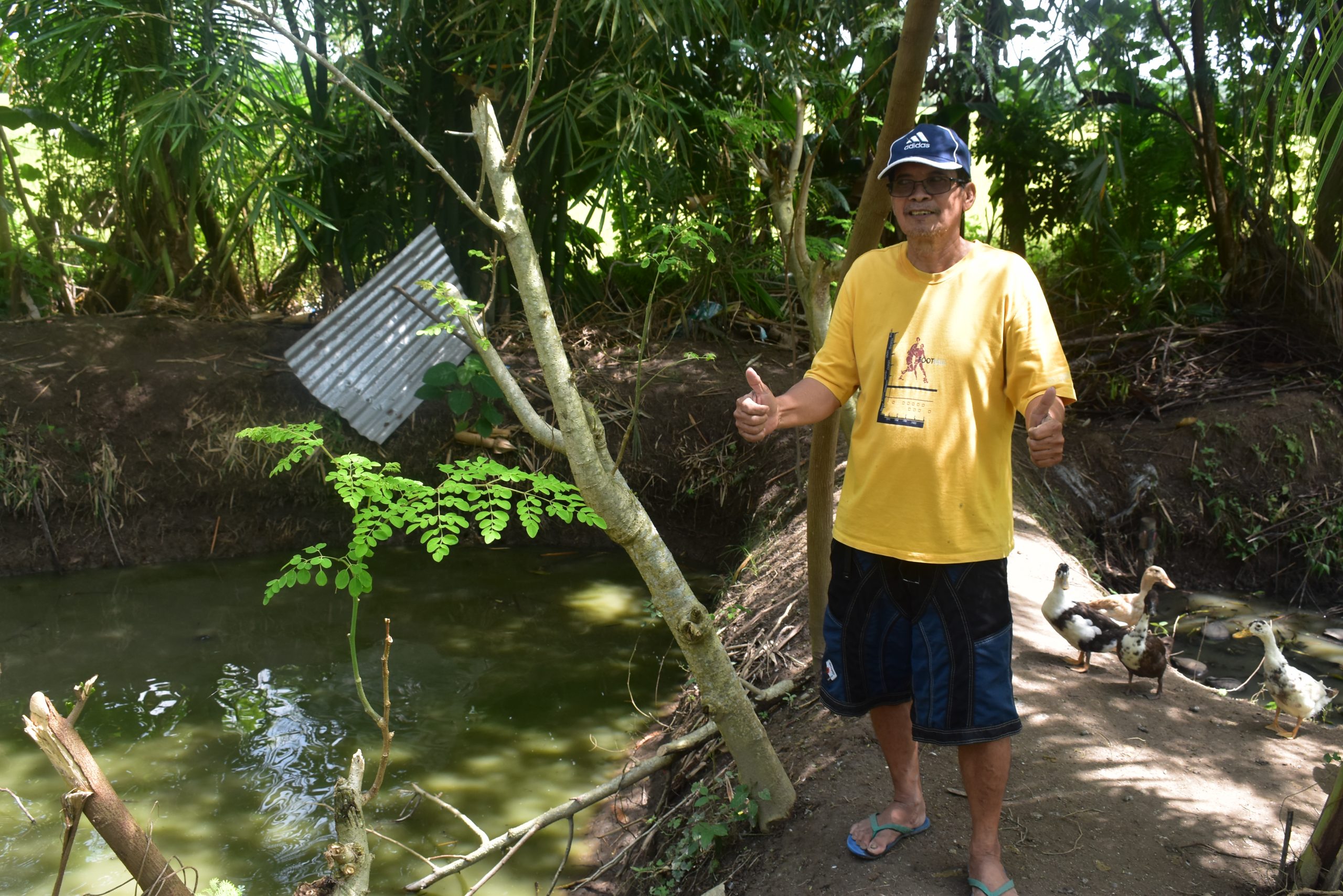
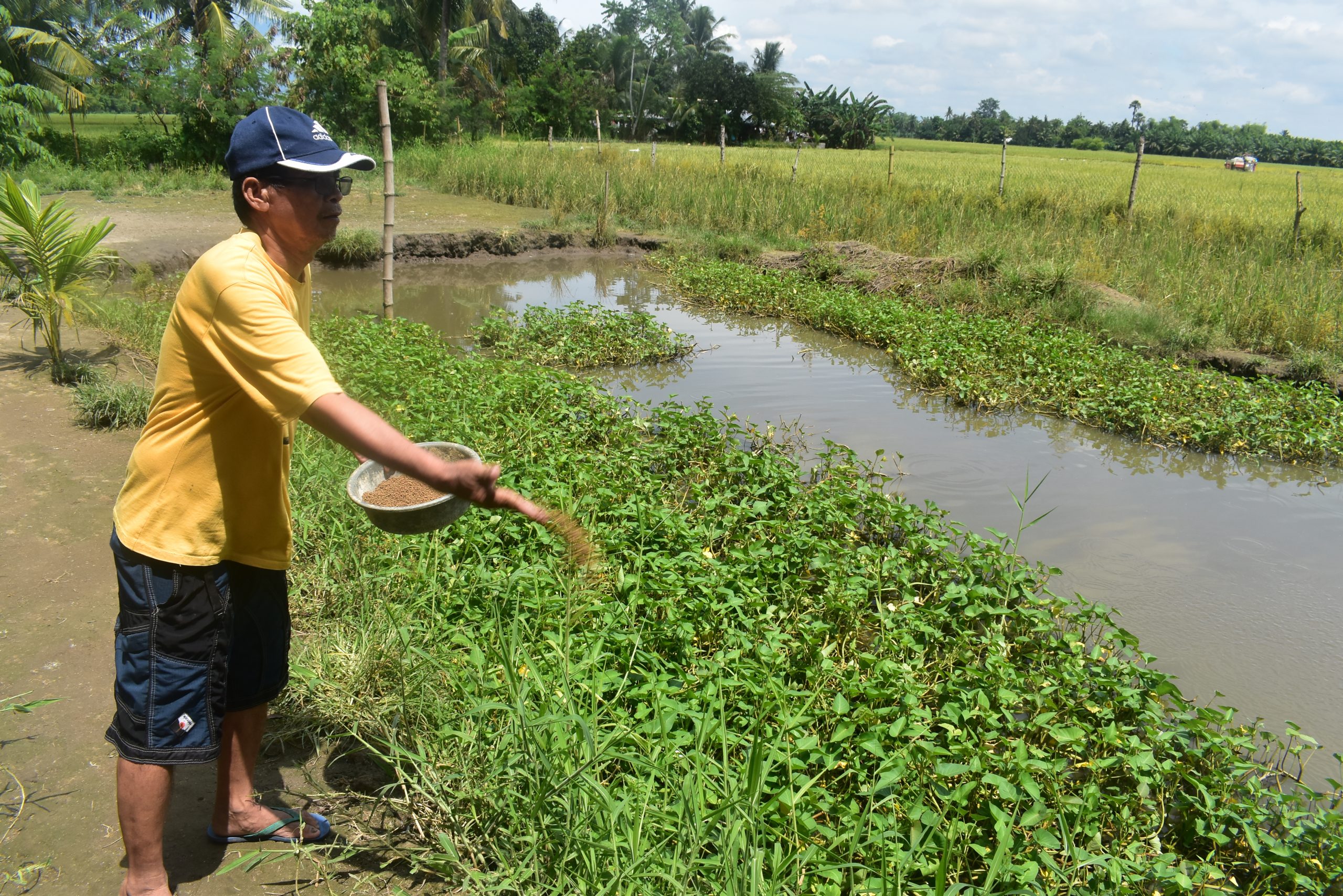
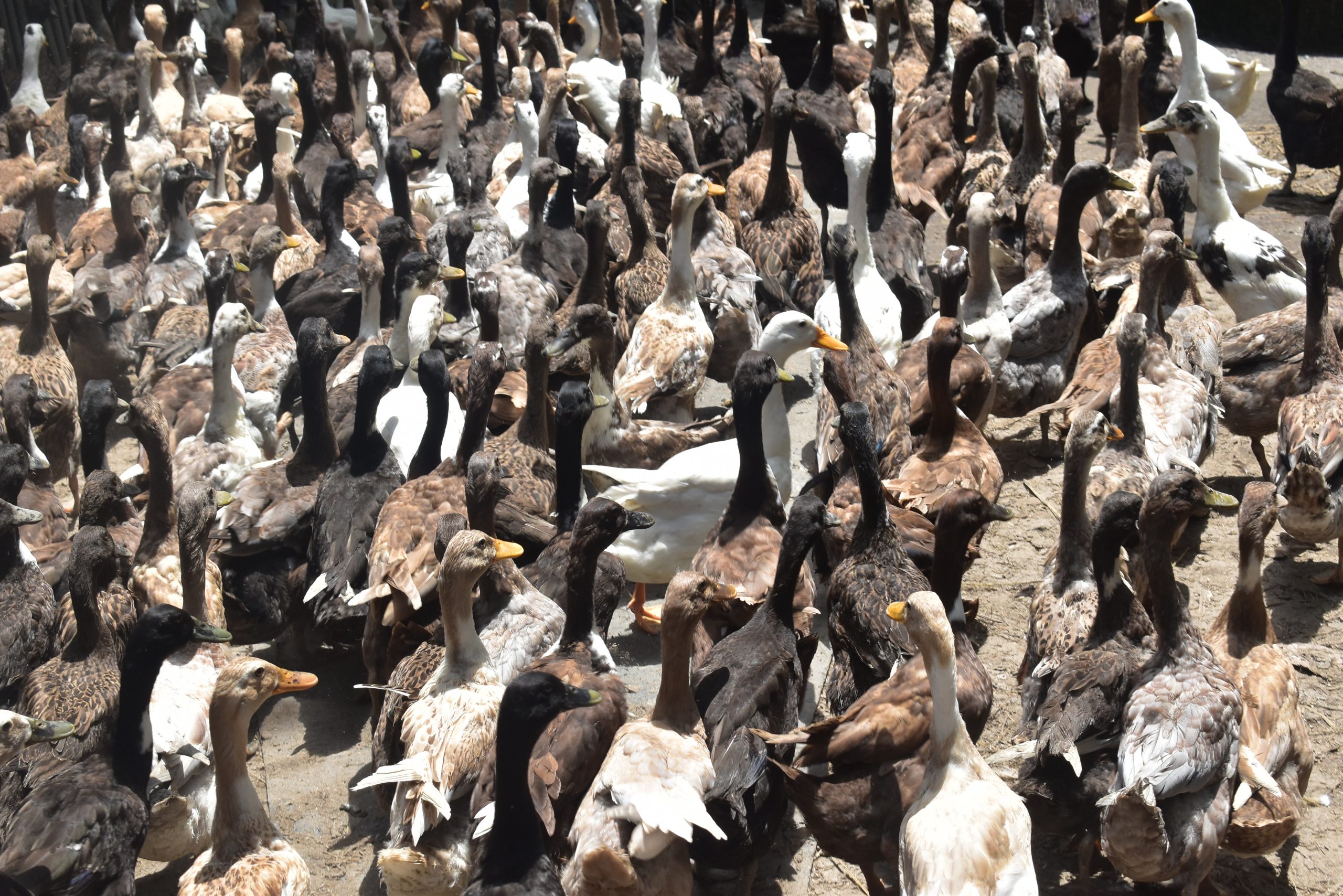
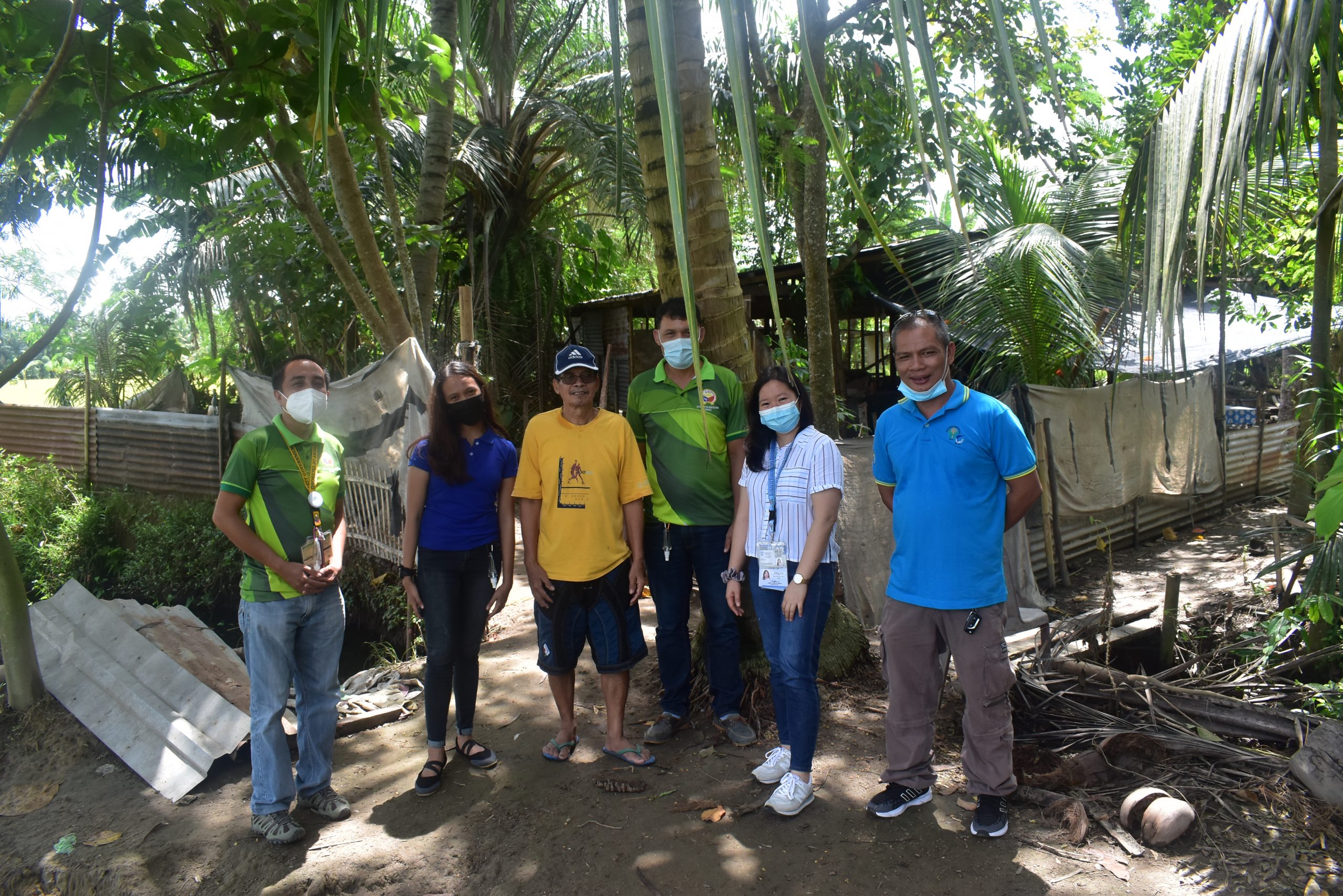
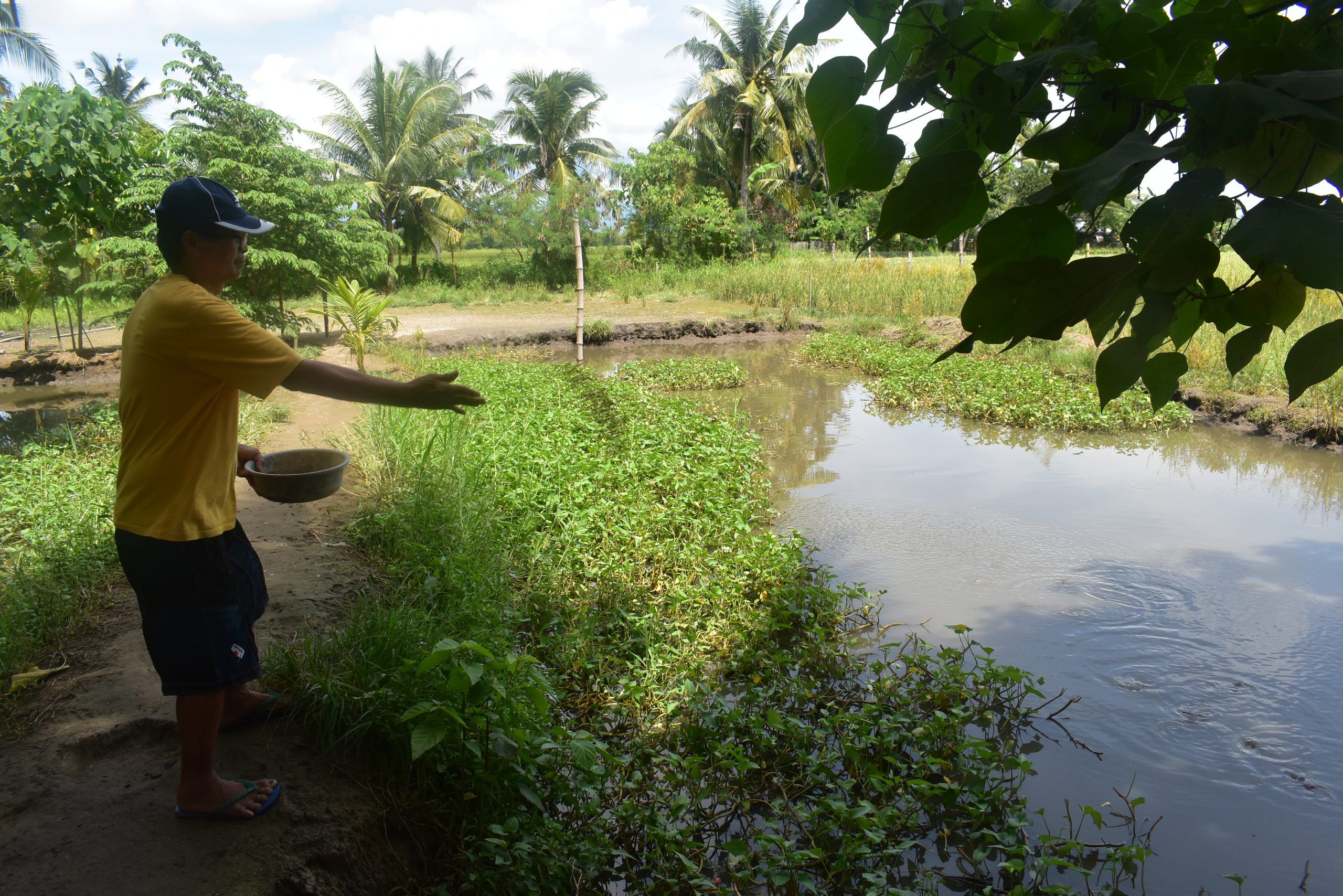
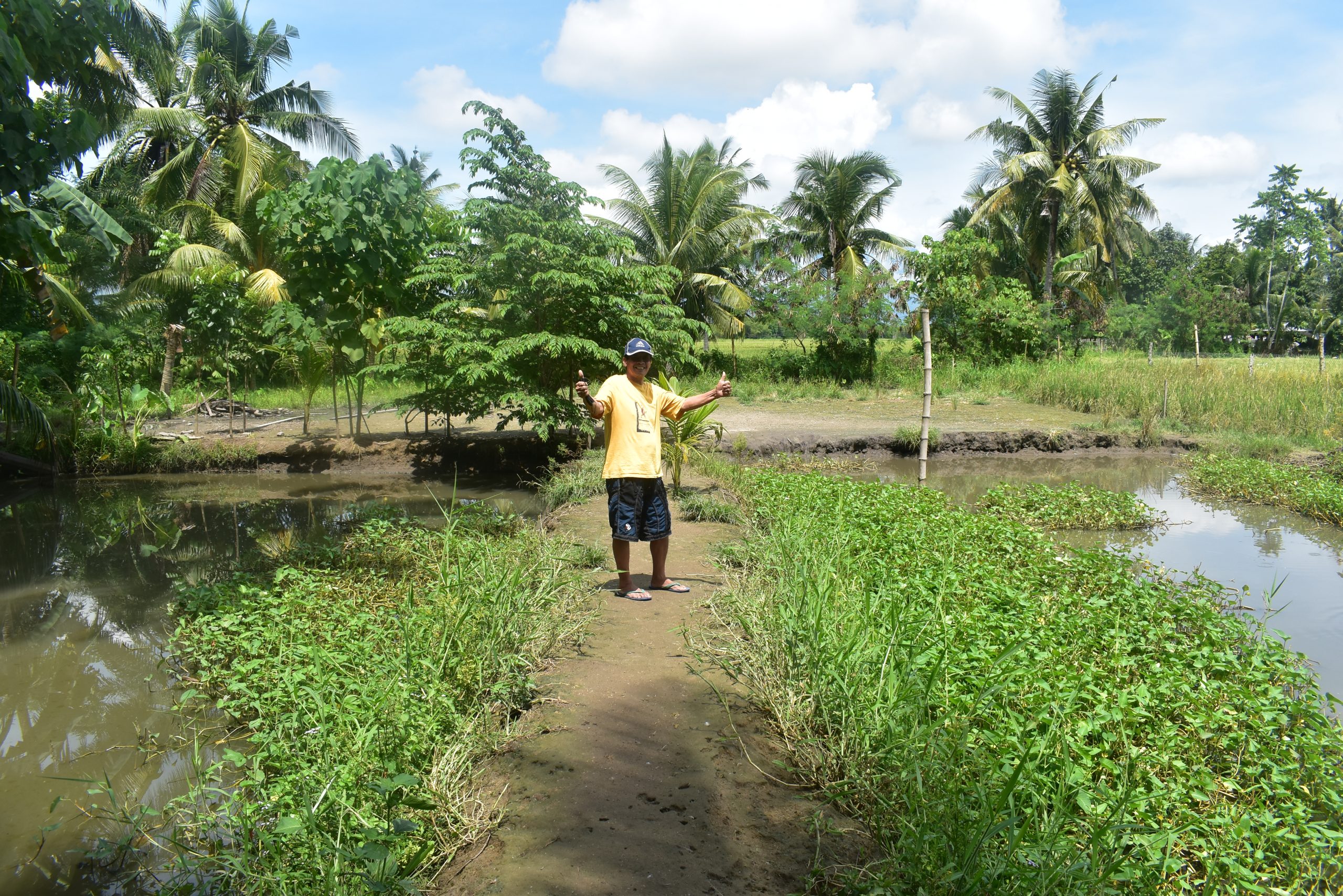
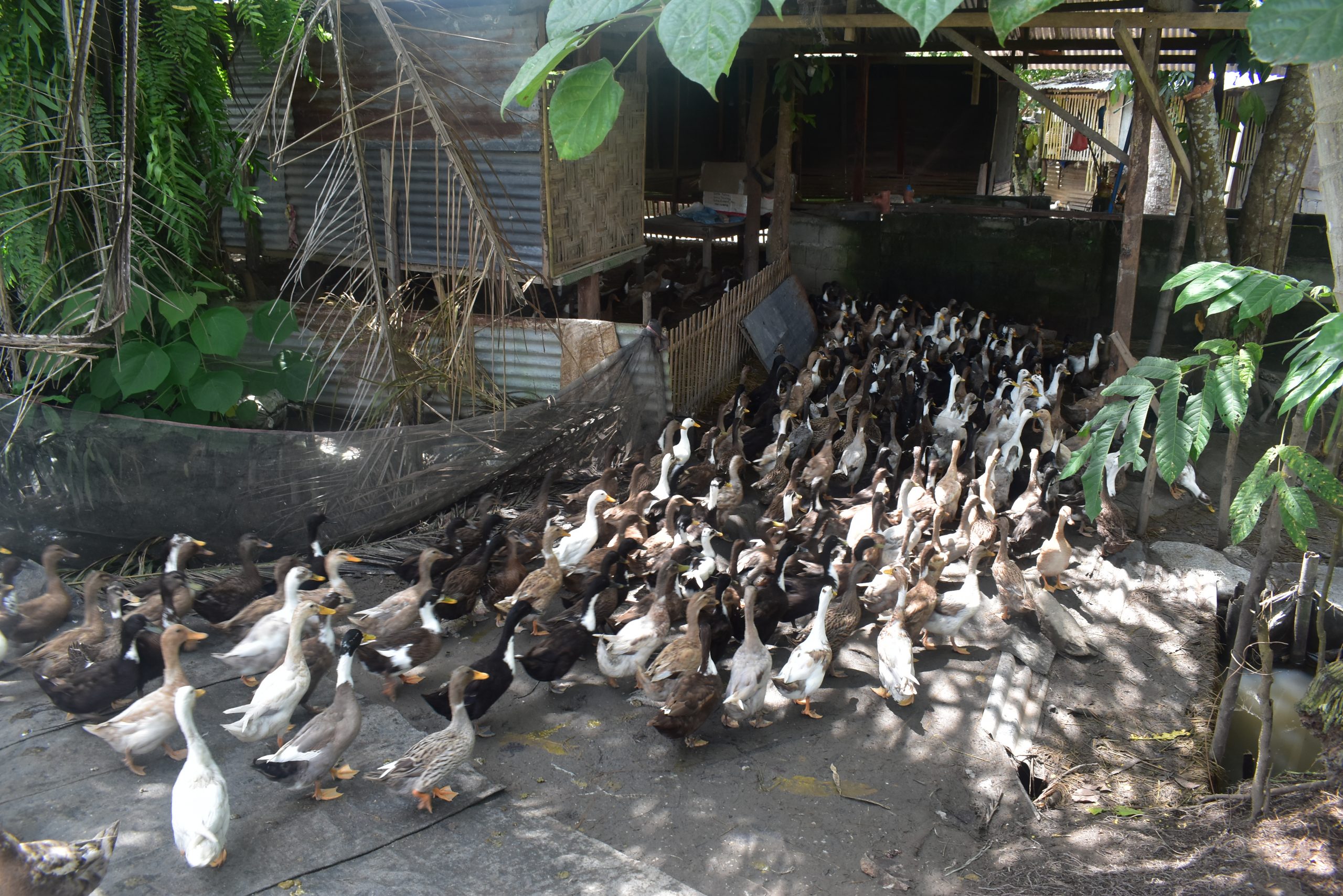
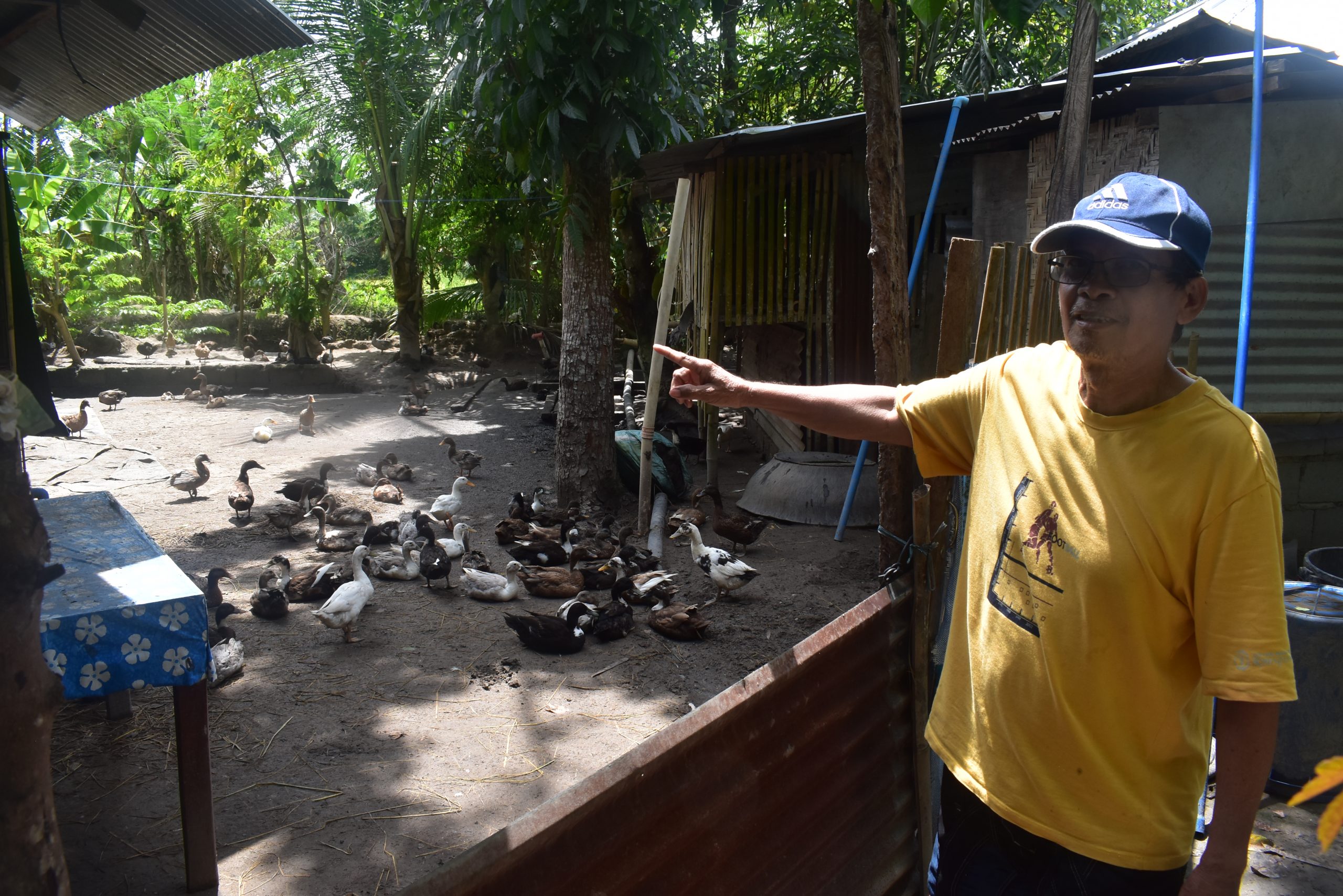
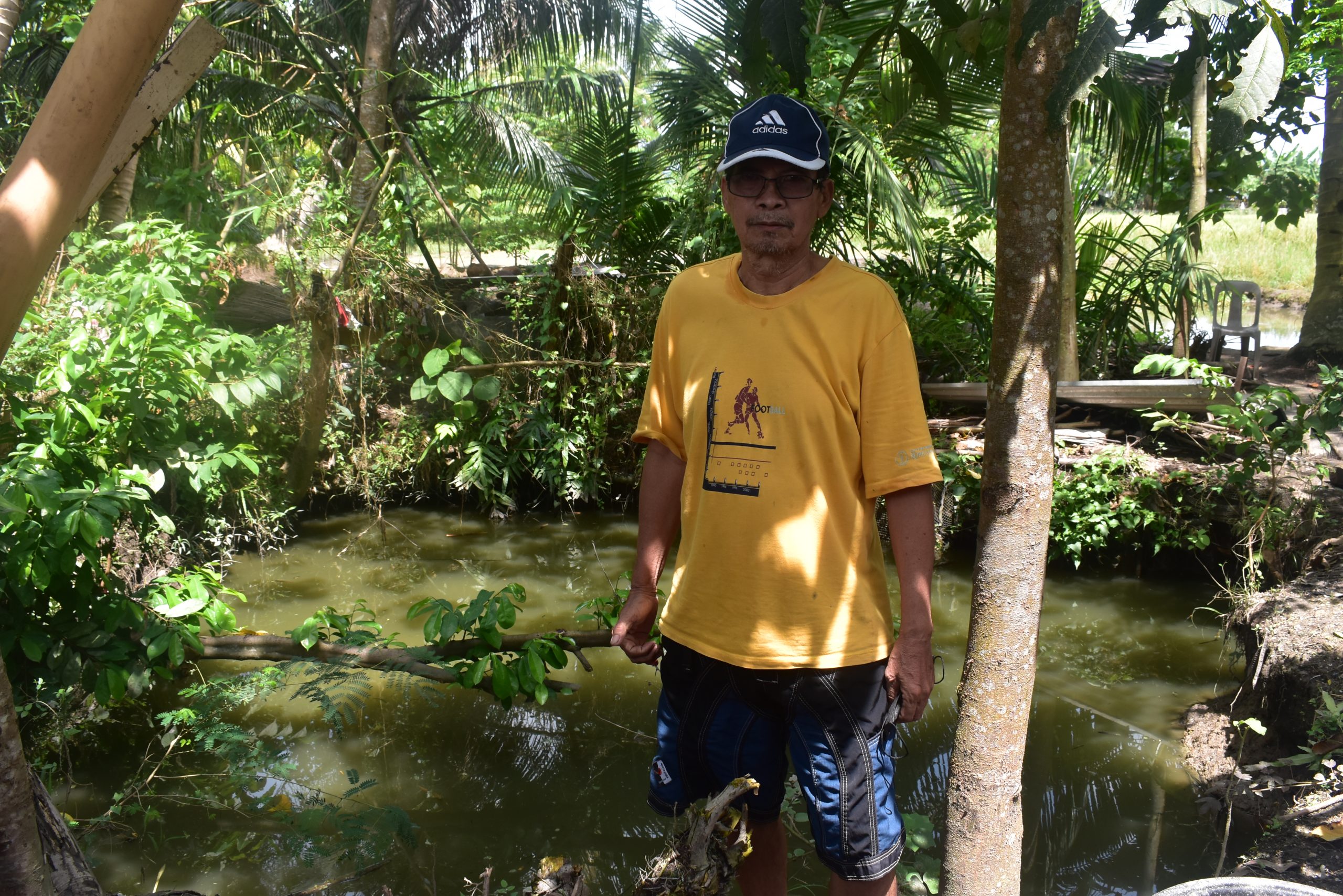
Comments (0)